Running in hot weather can be challenging, but with the right precautions and strategies, it can also be a rewarding experience. Here are eight tips to help you stay safe and enjoy your summer runs.
- Hydrate, Hydrate, Hydrate
- Hydration is crucial when running in hot weather. Your body loses more water through sweat in hot conditions, and failing to replenish this lost fluid can lead to dehydration. To prevent this, drink plenty of water throughout the day. Before you head out for your run, drink about 16-20 ounces of water. During your run, aim to drink 7-10 ounces of water every 10-20 minutes. If you're running for more than an hour, consider carrying an electrolyte drink to replace the salts lost through sweat. After your run, continue to hydrate. A good rule of thumb is to drink 24 ounces.
2. Dress Appropriately
Wearing the right clothing can make a big difference when running in the heat. Choose lightweight, breathable, and moisture-wicking fabrics to help keep your body cool. Avoid dark colors, which can absorb heat, and opt for light-colored clothing instead.
A good running hat can provide shade and protect your face from the sun, while sunglasses with UV protection can shield your eyes. Additionally, applying a sweat-resistant sunscreen with at least SPF 30 can help protect your skin from harmful UV rays.
3. Run During Cooler Times of the Day
Timing your runs can significantly impact your comfort and safety. Early mornings and late evenings are typically cooler and have lower humidity levels than midday. Aim to run during these times to avoid the peak heat and sun exposure.
If your schedule only allows for midday runs, try to find shaded routes or consider splitting your run into two shorter sessions to reduce the risk of overheating.
4. Acclimate to the Heat
Your body needs time to adjust to running in hot conditions. Gradually increase the intensity and duration of your runs over a week or two to allow your body to acclimate. Start with shorter, slower runs and gradually build up to your usual pace and distance.
During this acclimation period, pay close attention to how your body feels. If you experience any signs of heat exhaustion, such as dizziness, nausea, or excessive sweating, stop running immediately and seek a cooler environment.
5. Pace Yourself
Running in the heat can be more taxing on your body, so it's essential to adjust your pace accordingly. Slow down and listen to your body. It's okay to run at a slower pace or take walking breaks to avoid overheating.
Using a heart rate monitor can help you stay within a safe intensity level. Aim to keep your heart rate lower than usual, as your body works harder to cool itself in hot conditions.
6. Stay Cool with Water
In addition to staying hydrated, using water to cool your body can be very effective. Carry a handheld water bottle, hydration pack, or plan your route around water fountains. Splash water on your face, neck, and wrists to help lower your body temperature.
Another option is to wear a cooling towel or bandana soaked in cold water around your neck. These items can provide a refreshing burst of coolness during your run.
7. Listen to Your Body
Paying attention to your body's signals is crucial when running in the heat. Be aware of the signs of heat-related illnesses, such as heat cramps, heat exhaustion, and heat stroke. Symptoms can include muscle cramps, heavy sweating, weakness, dizziness, nausea, confusion, and a rapid heartbeat.
If you experience any of these symptoms, stop running immediately and find a cool place to rest. Hydrate, cool your body with water, and seek medical attention if your symptoms persist or worsen.
8. Adjust Your Expectations
Running in the heat can affect your performance, so it's important to adjust your expectations. Accept that you may not be able to run as fast or as far as you would in cooler conditions. Focus on the effort rather than the pace, and celebrate the fact that you're still getting out there and running despite the challenging conditions.
Incorporate more rest days into your training plan to allow your body to recover from the additional stress of running in the heat. This will help prevent burnout and reduce the risk of heat-related illnesses.
How To Choose a Hydration Drink
When running in the heat, it's essential to have a well-formulated hydration drink to maintain electrolyte balance, stay hydrated, and provide quick energy. Here’s what should be included in your hydration drinks:
1. Water
Water is the base of any hydration drink. It’s essential for maintaining fluid balance, regulating body temperature, and supporting overall bodily functions. Ensure your drink has enough water to keep you adequately hydrated.
2. Electrolytes
Electrolytes are minerals that help regulate nerve and muscle function, hydration, blood pH, and blood pressure. Key electrolytes to include are:
- Sodium: Helps maintain fluid balance and prevent hyponatremia (low blood sodium levels). It also aids in the absorption of water and glucose in the intestines.
- Potassium: Helps regulate muscle contractions and nerve signals. It’s also essential for maintaining proper fluid balance.
- Magnesium: Supports muscle function and energy production. It also plays a role in muscle relaxation and reducing cramps.
- Calcium: Essential for muscle contractions and nerve function.

Timing Your Hydration
Hydration for Short-Distance Runs (Up to 10 Miles)
For shorter runs, the primary focus is on ensuring you start well-hydrated and maintain hydration without overdoing it.
Before the Run:
Hydrate Well: Drink 16-20 ounces (500-600 ml) of water about 2-3 hours before your run.
Top Off: Drink an additional 4-8 ounces (120-240 ml) of water 30 minutes before you start running.
During the Run:
For runs under an hour, you typically don't need to hydrate during the run unless conditions are exceptionally hot or humid. If you do feel the need, a few sips of water (about 3-4 ounces or 90-120 ml) every 15-20 minutes should suffice.
After the Run:
Rehydrate: Drink 16-24 ounces (500-700 ml) of water within 30 minutes after your run to replenish any fluids lost during exercise.
Hydration for Mid-Distance Runs (10 to 25 Miles)
For mid-distance runs, staying hydrated during the run becomes more critical to maintain performance and prevent dehydration.
Before the Run:
Hydrate Well: Drink 16-20 ounces (500-600 ml) of water 2-3 hours before your run.
Top Off: Drink an additional 4-8 ounces (120-240 ml) of water 30 minutes before you start running.
During the Run:
Regular Intake: Drink 4-8 ounces (120-240 ml) of water every 15-20 minutes. If running in hot conditions, consider an electrolyte drink to replace lost salts and prevent hyponatremia.
Carbohydrates: For runs longer than 90 minutes, consume carbohydrates through sports drinks or gels to maintain energy levels.
After the Run:
Rehydrate and Refuel: Drink 16-24 ounces (500-700 ml) of water within 30 minutes post-run, and include an electrolyte drink if needed. Also, consume a balanced meal or snack with carbohydrates and protein to aid recovery.
Hydration for Long-Distance Runs (Over 25 Miles to 100 Miles)
For ultra-distance runs, precise hydration strategies are essential to manage fluid balance, electrolyte levels, and energy intake over extended periods.
Before the Run:
Hydrate Well: Drink 16-20 ounces (500-600 ml) of water 2-3 hours before your run.
Top Off: Drink an additional 4-8 ounces (120-240 ml) of water 30 minutes before you start running.
During the Run:
Consistent Hydration: Drink 4-8 ounces (120-240 ml) of water every 15-20 minutes. Use a hydration pack or handheld bottles to ensure you have enough fluids.
Electrolytes: Include electrolyte drinks or supplements to maintain sodium, potassium, magnesium, and calcium levels. Aim for 300-700 mg of sodium per hour, depending on sweat rate and heat conditions.
Carbohydrates: Consume 30-60 grams of carbohydrates per hour from gels, chews, or sports drinks to sustain energy levels.
Monitor Intake: Be mindful of over hydration (hyponatremia). Listen to your body's thirst signals and adjust your intake based on conditions and your sweat rate.
After the Run:
Rehydrate Thoroughly: Drink 24-32 ounces (700-950 ml) of water or an electrolyte solution for every pound (0.5 kg) lost during the run. Weighing yourself before and after the run can help determine fluid loss.
Balanced Recovery: Consume a balanced meal with carbohydrates, protein, and healthy fats to aid in recovery and replenish glycogen stores. Continue to hydrate well throughout the rest of the day.
Additional Tips
Know Your Sweat Rate: Calculate your sweat rate by weighing yourself before and after a run. This can help tailor your hydration plan to your specific needs.
Use Electrolytes: Especially important for long runs, electrolytes help prevent cramping and maintain muscle function.
Monitor Weather Conditions: Heat and humidity can increase fluid needs. Adjust your hydration strategy based on the day's conditions.
Practice During Training: Test your hydration plan during training runs to see how your body responds and make necessary adjustments before race day.
Listen to Your Body: Thirst is a natural indicator. While it's essential to have a plan, listen to your body’s signals and adjust as needed.
By following these hydration guidelines, you can ensure you maintain optimal performance and safety, whether you’re tackling a short run or an ultra-distance event.
Stay Cool and Run Strong: Safety Tips for Hot Weather Running
Running in the heat (or humidity) presents unique challenges, but with the right strategies, you can stay safe and enjoy your summer runs. Proper hydration is paramount to maintaining performance and preventing heat-related illnesses. Carefully planning your hydration needs for different distances and conditions ensures that your body remains well-hydrated, electrolyte levels are balanced, and energy levels are sustained.
Remember to hydrate properly, dress appropriately, run during cooler times, acclimate to the heat, pace yourself, use water to cool down, listen to your body, and adjust your expectations. By incorporating these tips into your routine, you'll be better equipped to handle the heat and continue running strong all summer long. Whether you're running a few miles or tackling an ultra-distance race, thoughtful preparation and attention to hydration can make all the difference in your comfort, safety, and overall performance. Stay vigilant about your hydration, monitor your body's signals, and adjust your strategies as needed to ensure a successful and enjoyable running experience in the heat.


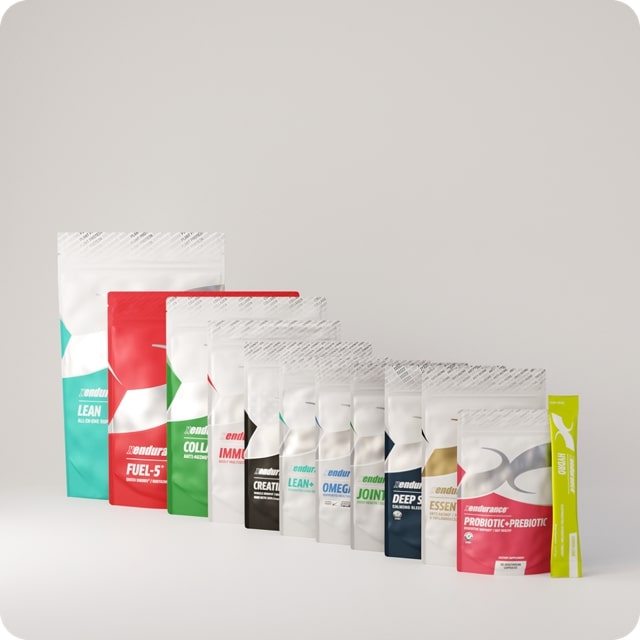
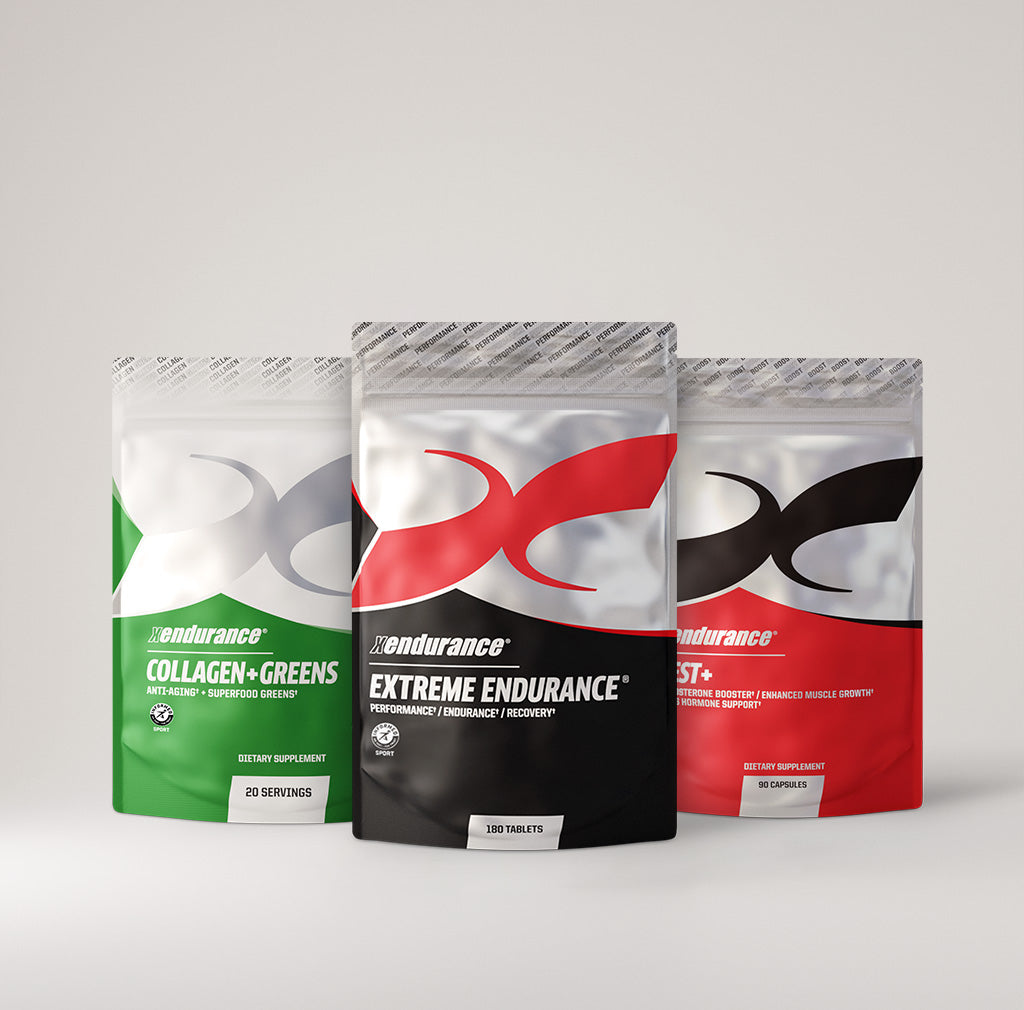
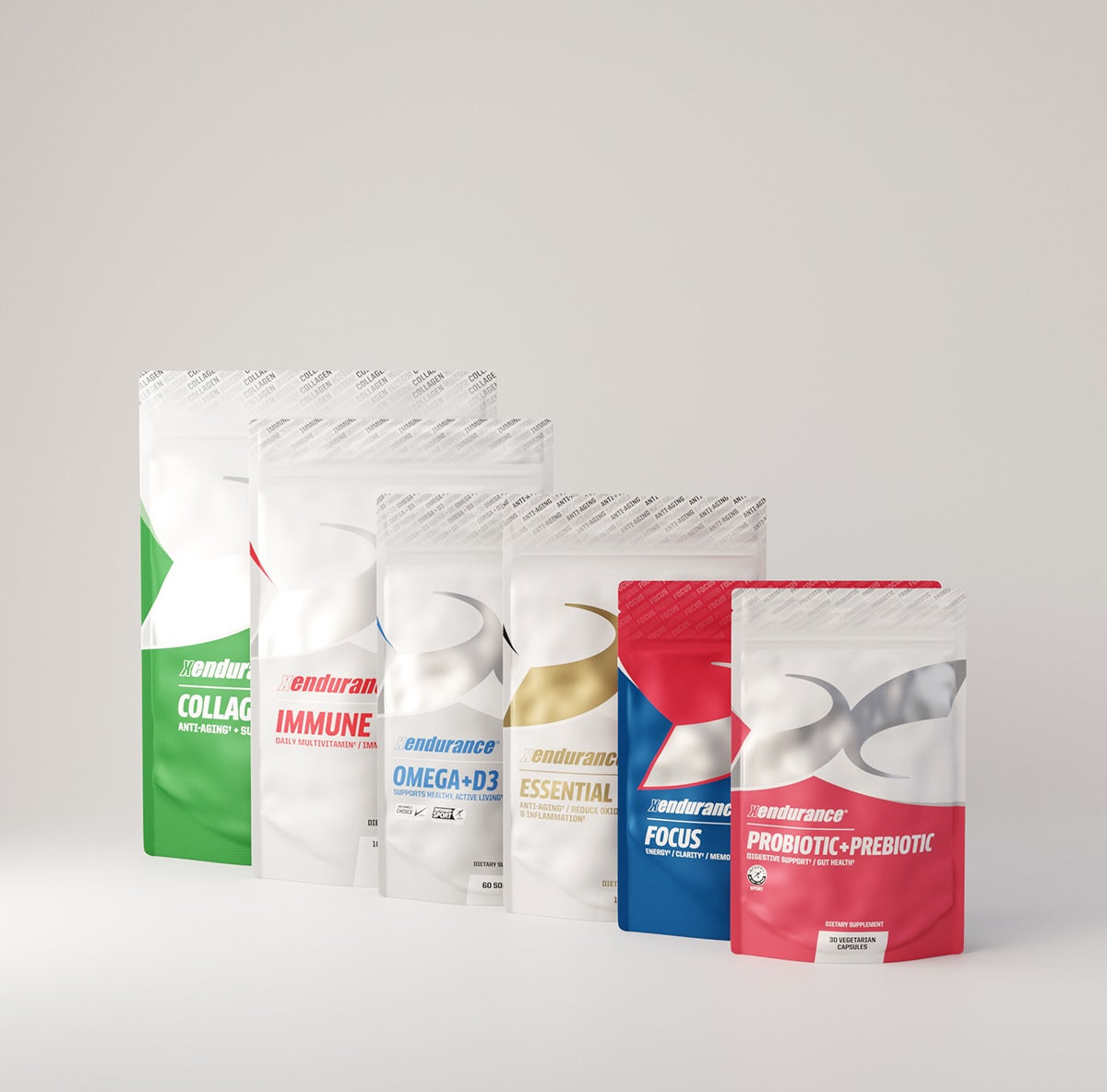
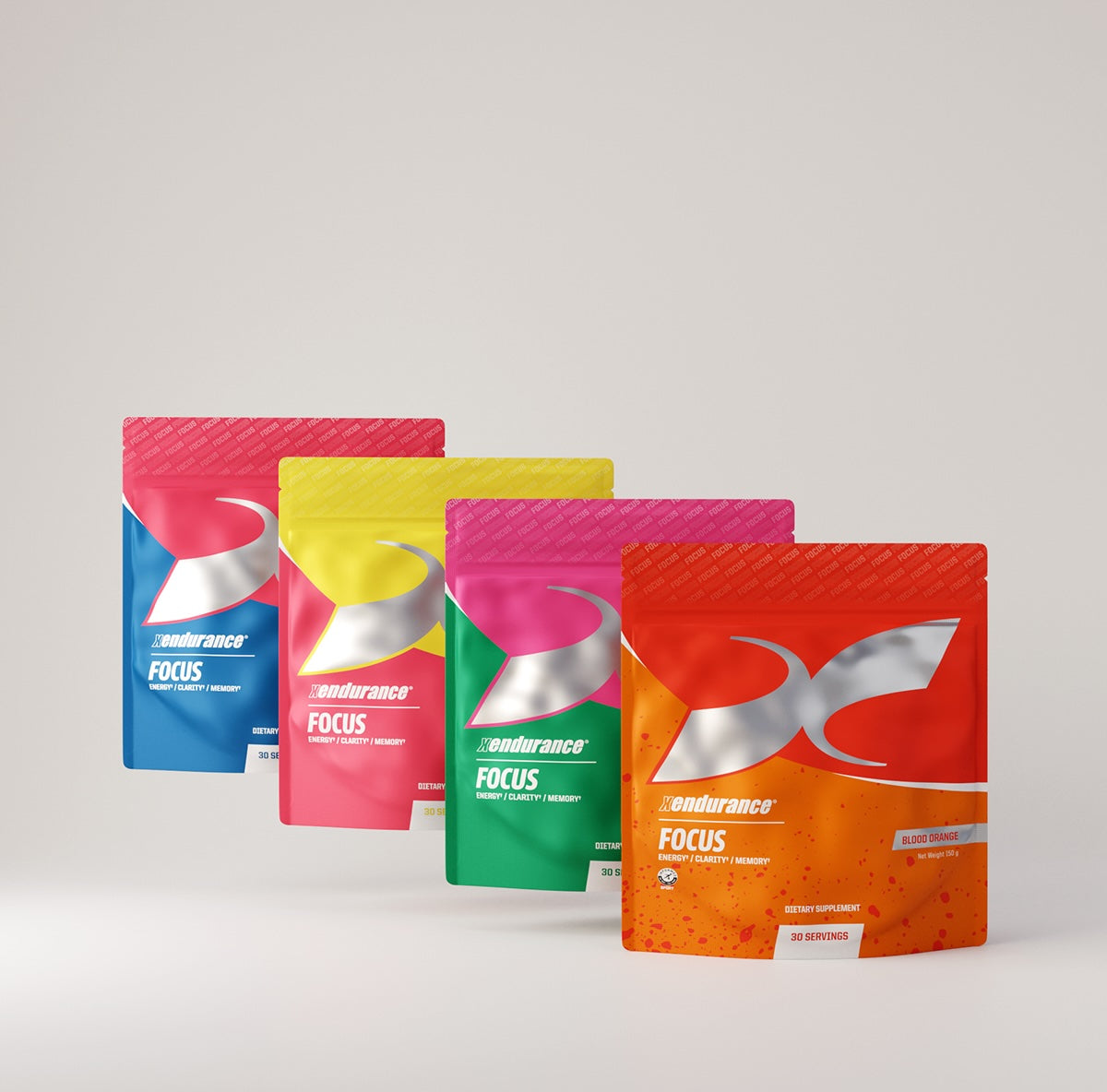
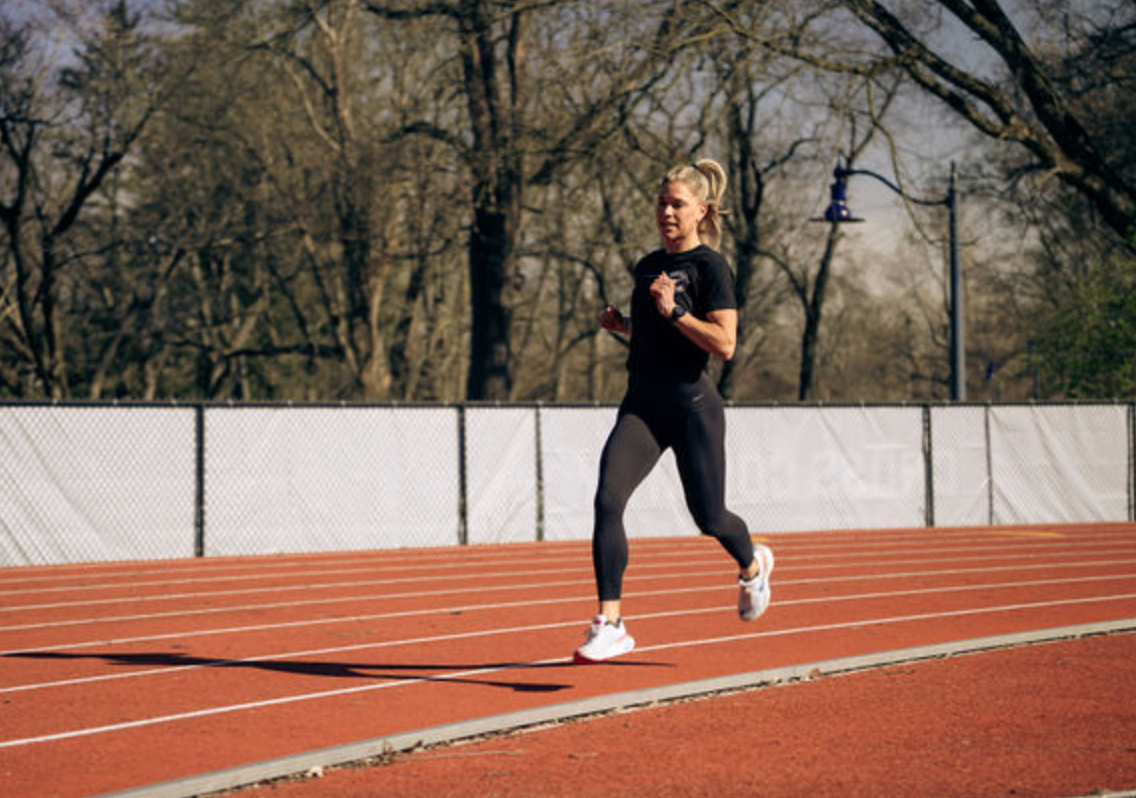


Leave a comment
This site is protected by hCaptcha and the hCaptcha Privacy Policy and Terms of Service apply.